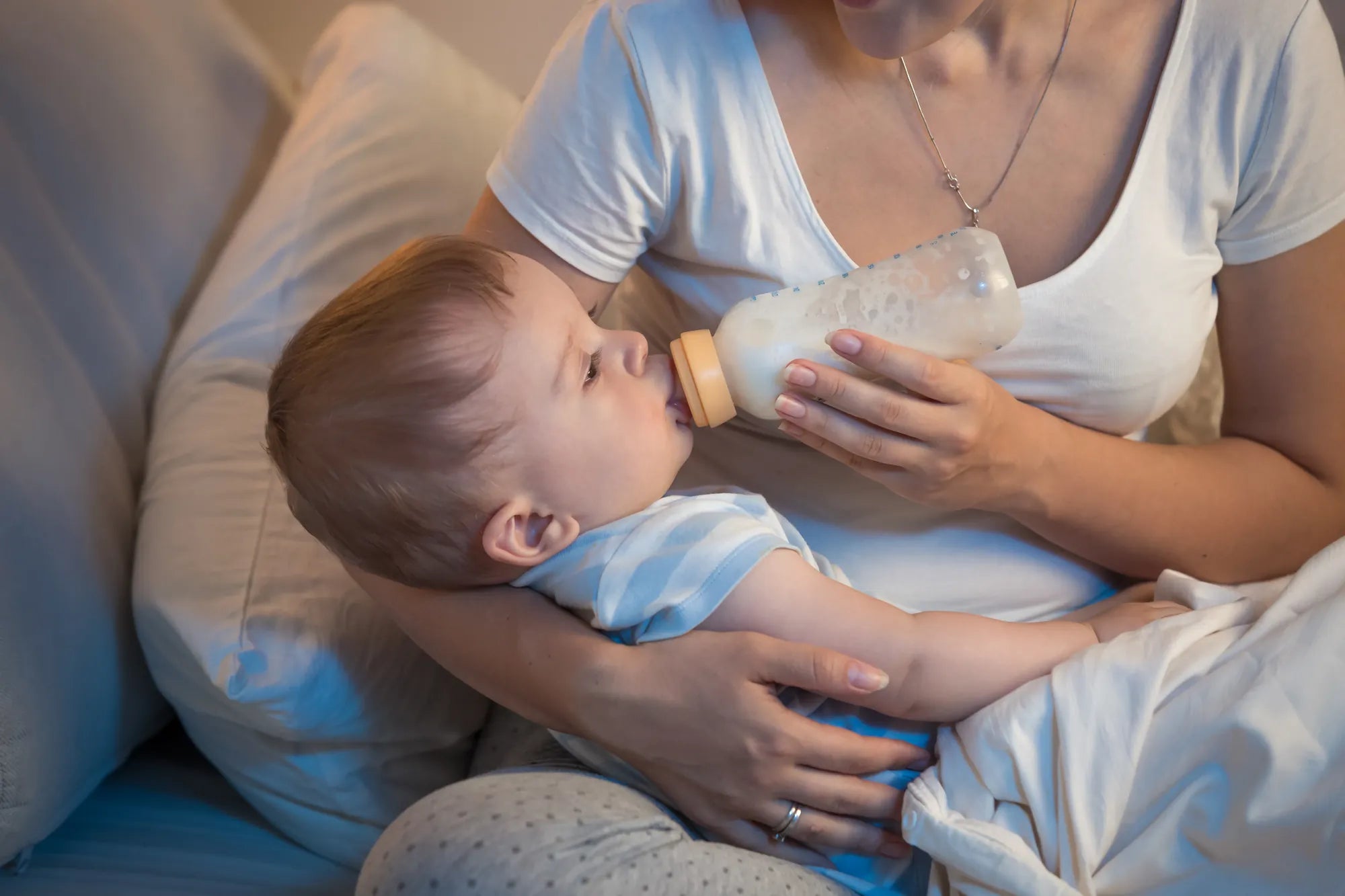Startseite
Pregnancy, Breastfeeding, and Pumping: The Ultimate Guide for Moms
How Often Should I Boil Breast Pump Parts: A Complete Guide

How Often Should I Boil Breast Pump Parts: A Complete Guide
When it comes to caring for your baby, hygiene is paramount. One of the most common questions new parents ask is, how often should I boil breast pump parts? The answer isn't always straightforward, as it depends on various factors such as usage frequency, storage conditions, and personal preferences. This comprehensive guide will walk you through everything you need to know to keep your breast pump parts clean and safe for your little one.
Why Boiling Breast Pump Parts is Important
Boiling breast pump parts is a crucial step in ensuring that they are free from harmful bacteria and germs. Breast milk is a perfect breeding ground for bacteria, and any residue left on the pump parts can lead to contamination. Boiling effectively kills most bacteria, viruses, and fungi, making it one of the most reliable methods for sterilizing breast pump parts.
How Often Should You Boil Breast Pump Parts?
The frequency of boiling breast pump parts can vary based on several factors. Here are some general guidelines:
- Daily Use: If you use your breast pump multiple times a day, it's recommended to boil the parts at least once a day. This ensures that any bacteria or milk residue is thoroughly eliminated.
- Occasional Use: For those who use the breast pump less frequently, boiling the parts after each use is usually sufficient. However, if the parts are stored for an extended period, it's a good idea to boil them before the next use.
- After Illness: If you or your baby has been sick, it's essential to boil the breast pump parts more frequently to prevent the spread of germs.
Steps to Properly Boil Breast Pump Parts
Boiling breast pump parts is a simple process, but it's important to follow the correct steps to ensure effective sterilization. Here's how to do it:
- Disassemble the Parts: Start by taking apart all the components of the breast pump. This includes bottles, valves, membranes, and any other detachable parts.
- Clean Thoroughly: Before boiling, wash all the parts with warm, soapy water. Use a brush to scrub away any milk residue, and rinse them well.
- Boil Water: Fill a large pot with enough water to fully submerge the breast pump parts. Bring the water to a rolling boil.
- Boil the Parts: Place the disassembled parts into the boiling water. Ensure they are fully submerged. Boil for at least 5 minutes to ensure proper sterilization.
- Cool and Dry: After boiling, carefully remove the parts using clean tongs. Place them on a clean, dry towel or a drying rack to air dry completely before reassembling.
Common Mistakes to Avoid
While boiling breast pump parts is a straightforward process, there are some common mistakes that can compromise the effectiveness of sterilization:
- Not Disassembling Fully: Failing to disassemble all parts can leave hidden areas unclean. Make sure to take apart every component before boiling.
- Insufficient Boiling Time: Boiling for less than 5 minutes may not kill all bacteria. Ensure you boil the parts for the recommended time.
- Using Contaminated Water: Always use clean, filtered water for boiling. Contaminated water can introduce new bacteria to the parts.
- Improper Drying: Allowing parts to air dry in a dusty or unclean environment can lead to recontamination. Use a clean, dry towel or drying rack in a clean area.
Alternative Sterilization Methods
While boiling is a highly effective method for sterilizing breast pump parts, there are other options available:
- Steam Sterilizers: Electric steam sterilizers are a convenient alternative to boiling. They use steam to kill bacteria and are often faster and easier to use.
- Microwave Sterilization Bags: These bags are designed to sterilize breast pump parts in the microwave. They are quick and easy to use, but make sure to follow the manufacturer's instructions carefully.
- Cold Water Sterilization: Some parents prefer using cold water sterilization tablets or solutions. While effective, this method requires a longer soaking time and may not be as convenient as boiling or steaming.
Tips for Maintaining Clean Breast Pump Parts
Keeping your breast pump parts clean and safe doesn't stop at boiling. Here are some additional tips to maintain hygiene:
- Store Properly: After sterilizing, store the breast pump parts in a clean, dry container or bag to prevent contamination.
- Replace Regularly: Over time, breast pump parts can wear out and become harder to clean. Replace them as recommended by the manufacturer or when you notice signs of wear.
- Wash Hands: Always wash your hands thoroughly before handling breast pump parts to prevent the transfer of germs.
- Inspect for Residue: After each use, inspect the parts for any milk residue or buildup. Clean them immediately if you notice any.
When to Seek Professional Advice
If you're unsure about how often to boil your breast pump parts or if you notice any issues with cleanliness, it's always a good idea to seek professional advice. Consult with a lactation consultant or your healthcare provider for personalized recommendations based on your specific situation.
Keeping your breast pump parts clean and sterile is essential for your baby's health and safety. By following the guidelines outlined in this article, you can ensure that your breast pump parts are always in the best condition. Remember, when it comes to your baby's health, it's always better to be safe than sorry.
Teilen
